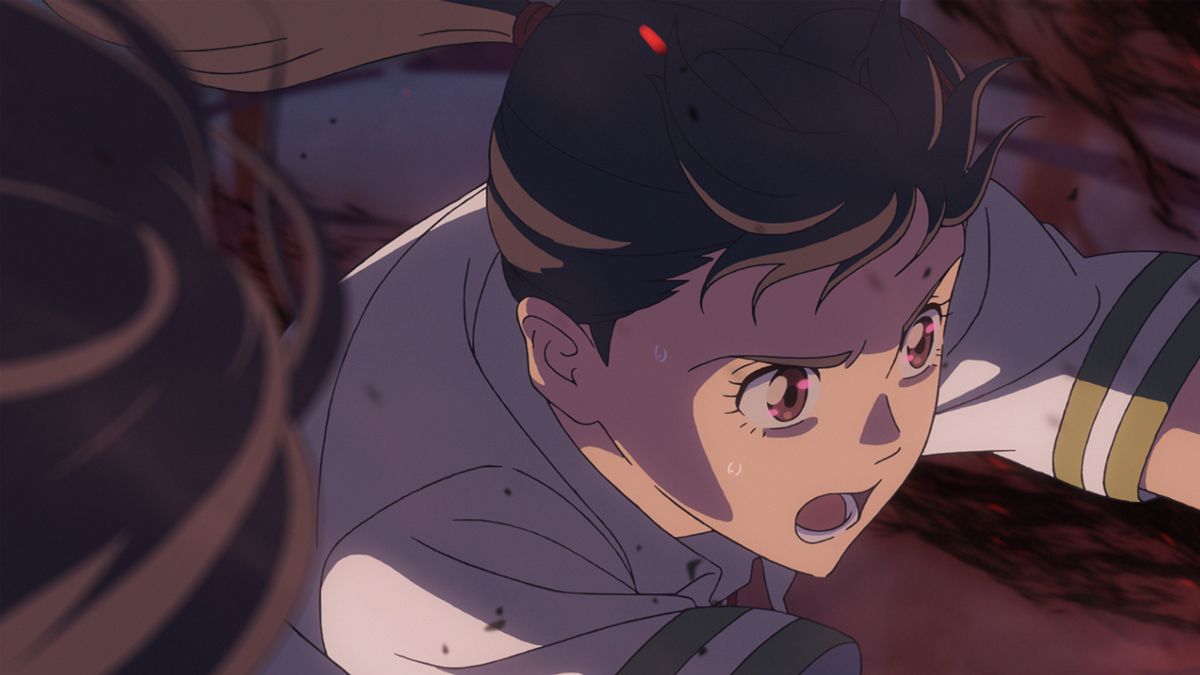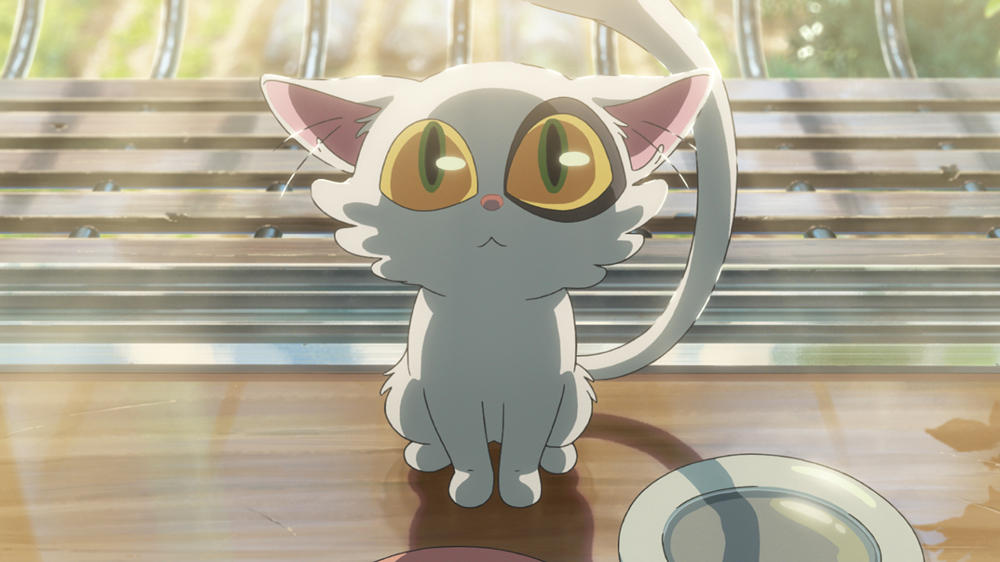
(C) 2022 “Suzume” Production Committee
"The Suzume" Makoto Shinkai depicts the confrontation with disaster and the recovery of the heart
2022.11.11
The depiction of “memory” as an evolution of “time”, which is a characteristic of Shinkai’s works.
The theme of "Depicting an earthquake disaster" in "Suzume" also brings a new flavor to the depiction of "time," one of Shinkai's key words. Many of Shinkai's works, such as "Voices of a Distant Star" (2002), "The Place Promised in Our Early Days " (2004), and " 5 Centimeters per Second " (2007), are stories in which the gap in time, or the gap in distance, evokes sadness, and this also contributed to the trick in " Your Name. " However, in "Suzume," the element of a time limit is strengthened. The setting that "an earthquake will occur if an earthworm falls to the ground" creates the need to "arrive before then and lock the door," giving the viewer a sense of suspense and urgency.
And then there is the concept of "Tokoyo." Tokoyo is a place where time stands still, and is also known as the world of the dead. I will not go into the role that this place plays in this article, as that would touch upon the core of the story, but it will likely continue to be talked about in the future as a new way for Director Shinkai to express time.

“The Suzume” (C) 2022 “The Suzume” Production Committee
The theme of "stories mourning a place" is also closely related to "time." When closing the back door, the locker makes a keyhole appear by "listening to the voice of the land." This "voice of the land" refers to the memories and recollections of the people who once lived there. They transform the voices of people engraved in abandoned schools, amusement parks, and villages into power. As mentioned earlier, back doors appear in lonely places where people's hearts have disappeared. In other words, they are born when people stop going there and the place deteriorates over time. They can be sealed by reviving the hearts of the people who once lived there - reversing time is the key (this also ties into "reconstruction" from the earthquake disaster).
What happens as time passes? It's "forgetting." Forgetting pain is necessary to move forward, but letting precious memories fade brings about sadness. In the story, Suzume travels around the country listening to the voices of the places and recalls memories of a chair she used as a child. This story connects both pain and happiness, and hugging it brings true salvation. It feels like "Suzume" contains such a Arrival.
A craving for “touch” that stands out after the coronavirus pandemic

